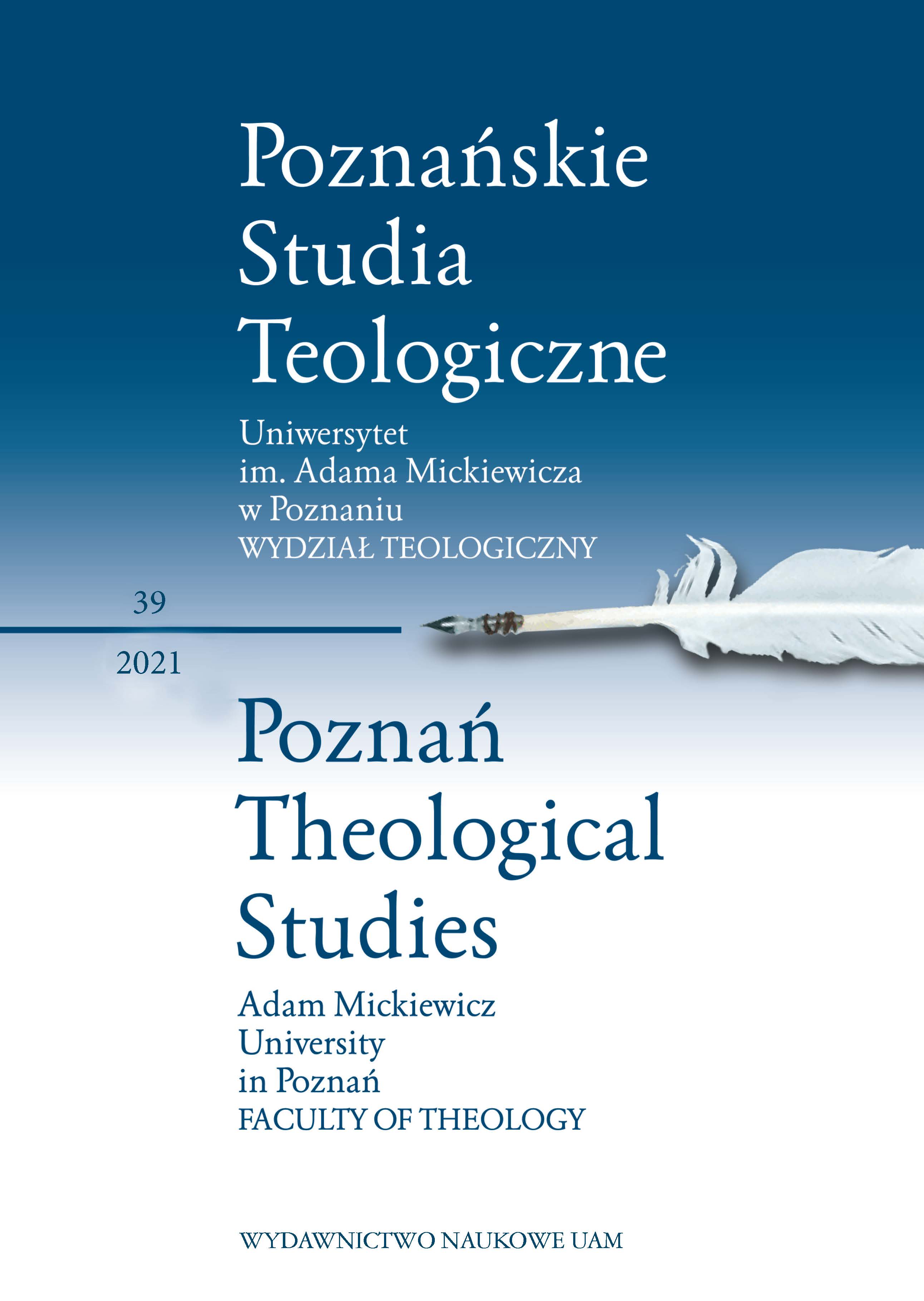Chrześcijańsko-muzułmańskie relacje w Azji Centralnej do czasów Timura (XIV wiek)
Christian-Muslim Relations in Central Asia to Timur Time (XIV Century)
Author(s): Wojciech KlujSubject(s): Comparative Studies of Religion, 13th to 14th Centuries, Sociology of Religion
Published by: Uniwersytet Adama Mickiewicza
Keywords: Central Asia; Oriental Christianity; Nestorians; Merv; Samarkand; Asian Islam; Naqshbandiyah;
Summary/Abstract: Sometimes it is said about the fall of the Christian Culture of the West. It is worth taking a look, therefore, at a certain analogy from seven centuries ago. The first thousand years of devel- opment of faith in Asia led to many outstanding theological syntheses. There were also many saint martyrs and missionaries. Christianity also had its experience of faith in the Islamic State. Despite the difficulties, the missionary spirit until the fourteenth century has been developing. The break- through occurred only during Timur’s times due to Mongolian wars. Why did Timur accept Islam, despite the considerable presence of Christians in his surroundings? There was no lack of outstand- ing Christian scholars. In addition to possible personal reasons, he probably decided realizing that Sufi Islam is already deeply rooted among the masses of a simple population of Central Asia. An important role in this process played the political current of “Order” Naqshbandiyah.
Journal: Poznańskie Studia Teologiczne
- Issue Year: 39/2021
- Issue No: 1
- Page Range: 161-183
- Page Count: 23
- Language: Polish

